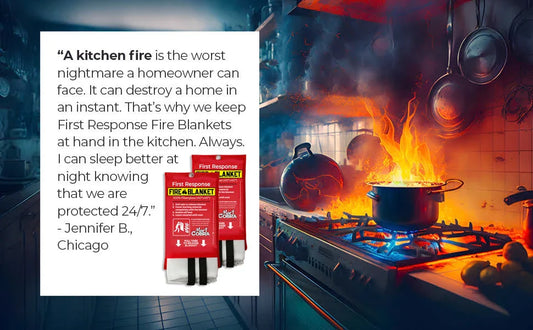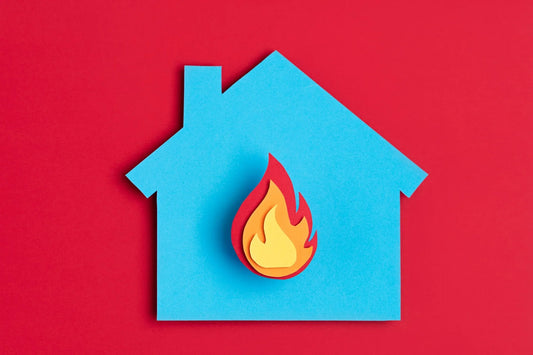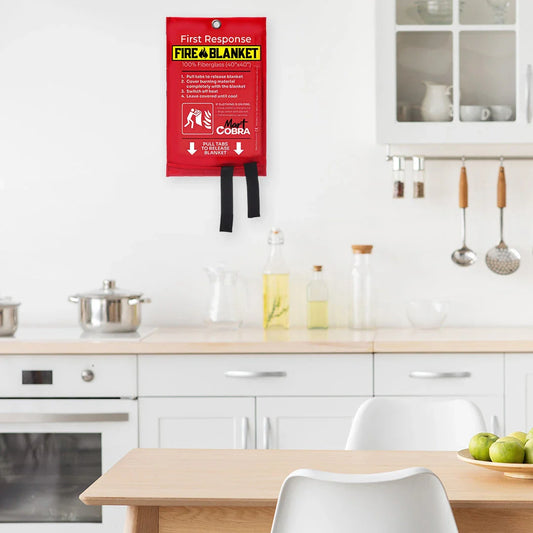






PROTECT YOUR FAMILY
Cobra Blankets play a crucial role in ensuring the safety of your family in the event of a fire.
- Rapid Response: Cobra Blankets allow for swift action in containing small fires before they escalate.
- Kitchen Safety: Useful for kitchen fires, preventing stove or cooking-related accidents.
- Personal Protection: Protects individuals in cases of clothing fires.
- Safe Evacuation: Serves as a makeshift shield during evacuation.
HAPPY CUSTOMERS
EASY RETURNS
DEDICATED SUPPORT
SOLUTIONS FOR EVERY EMERGENCY
-
Mart Cobra Emergency Fire Blanket –...
Regular price From $24.99 USDRegular priceUnit price per$51.98 USDSale price From $24.99 USDSale -
Mart Cobra Emergency Sleeping Bag 3-Pack...
Regular price $19.99 USDRegular priceUnit price per$29.99 USDSale price $19.99 USDSale -
Mart Cobra Mylar Emergency Blankets –...
Regular price From $8.99 USDRegular priceUnit price per$13.49 USDSale price From $8.99 USDSale -
Mart Cobra Fireproof Document Bag –...
Regular price $19.99 USDRegular priceUnit price per
Protect Your Home Today
PROTECTING AGAINST THE HEAT OF THE MOMENT
HOW TO PROPERLY USE A Cobra Blanket
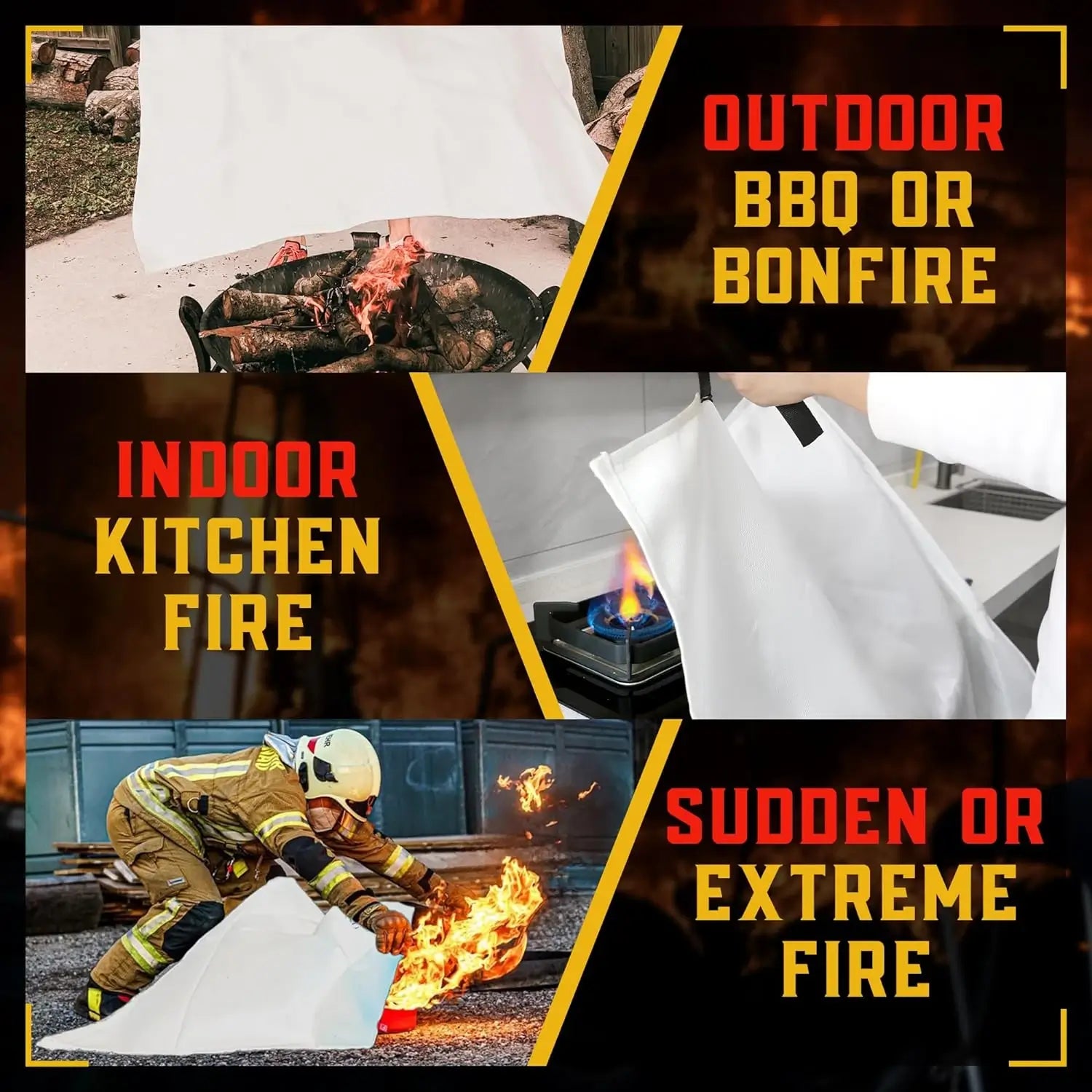
PRIORITIZE SAFETY
Always prioritize safety. Evacuate the area immediately if the fire is spreading rapidly or is beyond your control. Only attempt to use a Cobra Blanket for manageable fires.
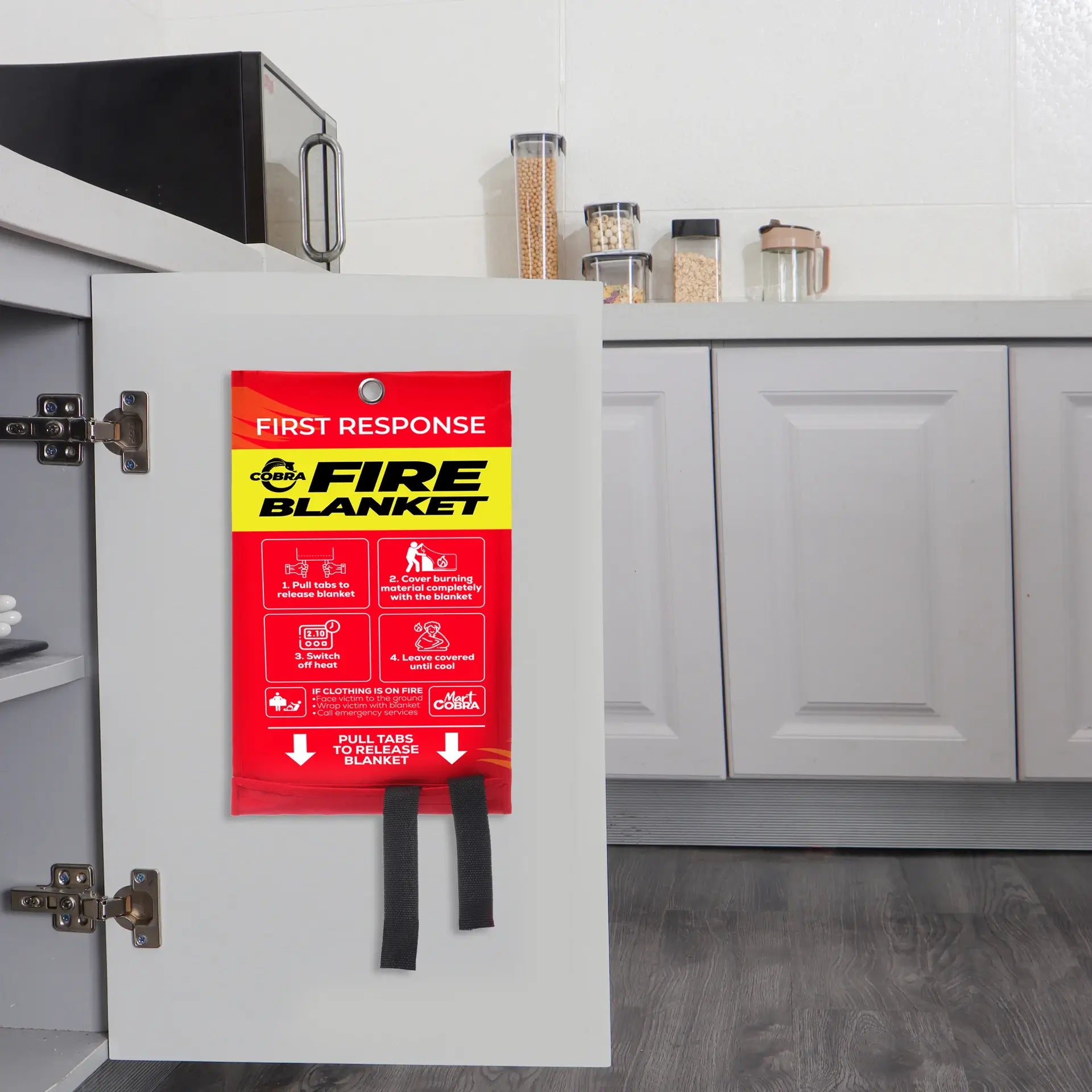
RETRIEVE THE COBRA BLANKET
Locate the nearest Cobra Blanket and remove it from its storage container or canister.
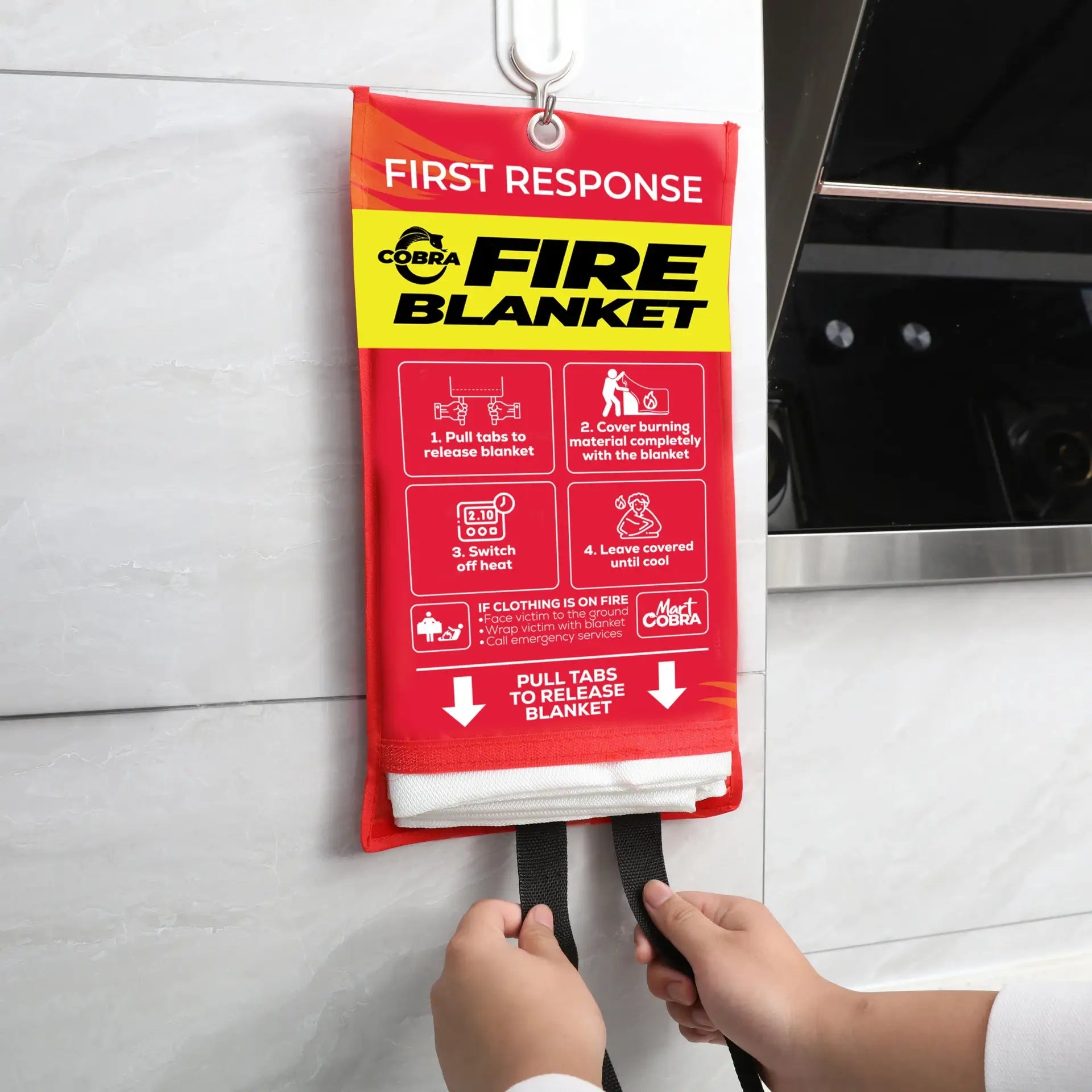
RETRIEVE THE COBRA BLANKET
Locate the nearest Cobra Blanket and remove it from its storage container or canister.

RETRIEVE THE COBRA BLANKET
Locate the nearest Cobra Blanket and remove it from its storage container or canister.
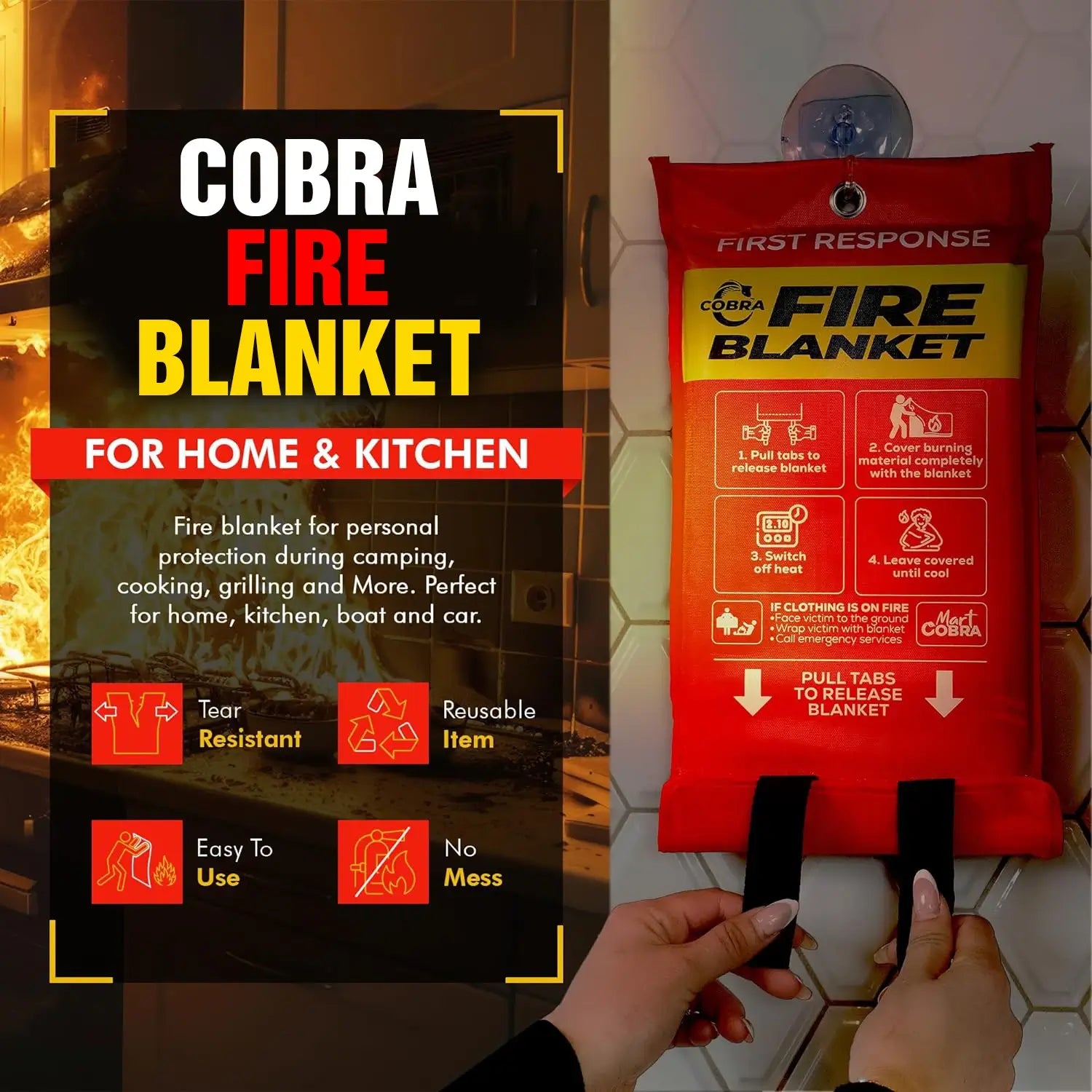
RETRIEVE THE COBRA BLANKET
Locate the nearest Cobra Blanket and remove it from its storage container or canister.
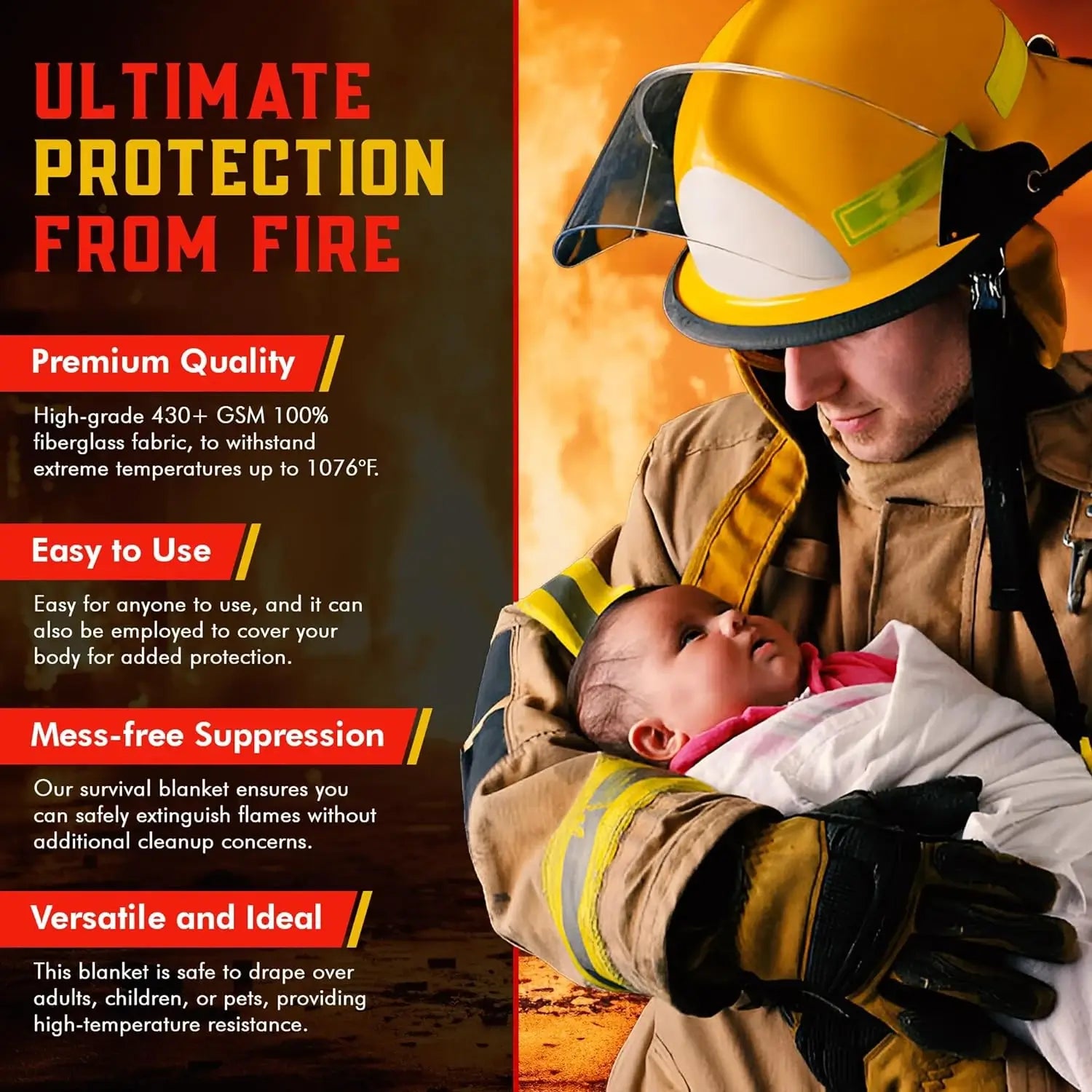
RETRIEVE THE COBRA BLANKET
Locate the nearest Cobra Blanket and remove it from its storage container or canister.













